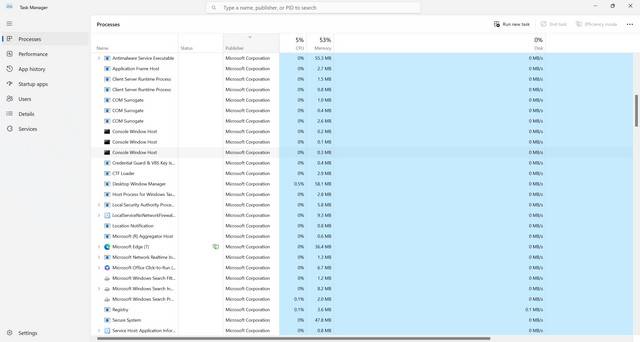When it comes to computer security, it’s important to stay vigilant and be aware of any potential threats that may compromise the integrity of your system. One such file that may raise concerns is esif_uf.exe. In this article, we will delve into what esif_uf.exe is, whether you should remove it, and whether it is considered malware or not.

What is esif_uf.exe?
esif_uf.exe is an executable file that is associated with Intel’s Dynamic Platform and Thermal Framework (DPTF). DPTF is a framework that allows for dynamic power and thermal management on Intel-based systems. It helps regulate the power and temperature of various components in order to optimize performance and prevent overheating.
esif_uf.exe is a part of the DPTF software package and is responsible for managing the user interface and communication between the operating system and the DPTF driver. It is typically located in the “C:\Program Files\Intel\Intel(R) Dynamic Platform and Thermal Framework” directory.
Should I Remove esif_uf.exe?
Whether or not you should remove esif_uf.exe depends on the specific circumstances and issues you may be facing. In general, it is not recommended to manually remove esif_uf.exe unless you are experiencing problems related to the DPTF software or suspect it to be malware.
If you are encountering issues such as high CPU usage, system crashes, or abnormal behavior, it may be worth investigating whether esif_uf.exe is causing the problem. In such cases, you can try the following steps:
- Open the Windows Task Manager by pressing Ctrl + Shift + Esc or right-clicking on the taskbar and selecting “Task Manager”.
- Navigate to the “Processes” tab and look for esif_uf.exe in the list of running processes.
- If esif_uf.exe is consuming a significant amount of system resources or causing issues, you can try terminating the process by right-clicking on it and selecting “End Task”.
- Monitor your system for any improvements or changes in behavior. If the issues persist, it may be necessary to seek further assistance or consider reinstalling the DPTF software.
It is important to note that removing or terminating esif_uf.exe without proper knowledge or understanding of its purpose can potentially lead to system instability or loss of functionality. Therefore, exercise caution and consider seeking professional advice if you are unsure.
Is esif_uf.exe Malware?
esif_uf.exe itself is not considered malware. It is a legitimate file associated with Intel’s DPTF software. However, like any executable file, it is possible for malware to disguise itself as esif_uf.exe in order to evade detection.
If you suspect that esif_uf.exe on your system may be malware, it is recommended to perform a thorough scan using reputable antivirus software. One such software is Malwarebytes Free, which is known for its effectiveness in detecting and removing various types of malware.
By running a scan with Malwarebytes Free, you can ensure that your system is protected and free from any potential threats. It is always better to err on the side of caution when it comes to computer security.
Summary
In conclusion, esif_uf.exe is an executable file associated with Intel’s Dynamic Platform and Thermal Framework. It is responsible for managing the user interface and communication between the operating system and the DPTF driver. While it is generally not recommended to remove esif_uf.exe unless necessary, you can terminate the process if you are experiencing issues related to the DPTF software. However, exercise caution and seek professional advice if unsure.
Furthermore, esif_uf.exe itself is not considered malware, but it is possible for malware to disguise itself as esif_uf.exe. If you suspect malware, perform a scan using reputable antivirus software such as Malwarebytes Free to ensure the security of your system.
Remember, maintaining a secure and well-functioning system requires regular monitoring, updating, and utilizing reliable security software. Stay informed and proactive to protect your computer from potential threats.










